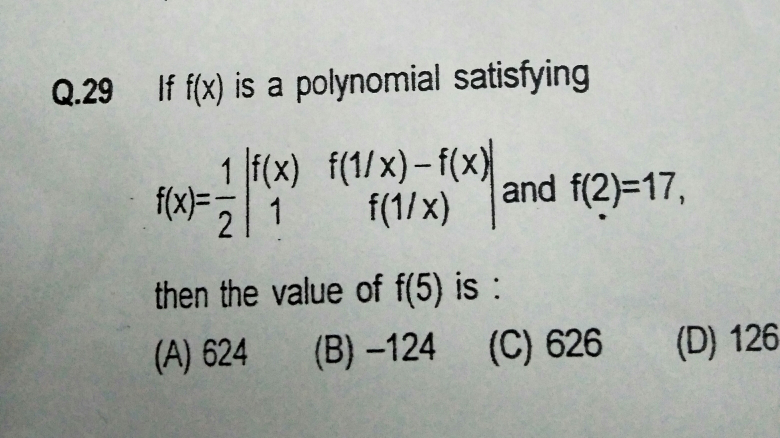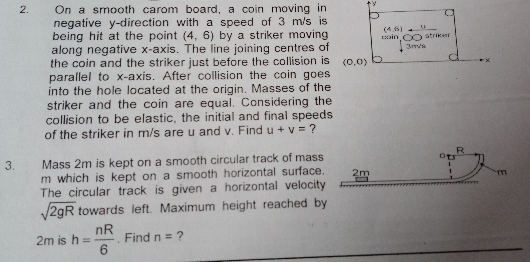
AllQuestion and Answers: Page 1869
Question Number 22700 Answers: 0 Comments: 0

Question Number 22692 Answers: 1 Comments: 1

Question Number 22689 Answers: 1 Comments: 0

Question Number 22679 Answers: 0 Comments: 3
Question Number 22678 Answers: 0 Comments: 0
Question Number 22661 Answers: 1 Comments: 1

Question Number 22657 Answers: 0 Comments: 0
Question Number 22652 Answers: 0 Comments: 0
Question Number 22649 Answers: 1 Comments: 1

Question Number 22635 Answers: 1 Comments: 0
Question Number 22625 Answers: 0 Comments: 2
Question Number 22624 Answers: 1 Comments: 0
Question Number 22623 Answers: 1 Comments: 0
Question Number 22621 Answers: 0 Comments: 0
Question Number 22618 Answers: 1 Comments: 0
Question Number 22640 Answers: 0 Comments: 0
Question Number 23796 Answers: 1 Comments: 0
$$\int\frac{\mathrm{2sinx}+\mathrm{3cosx}}{\mathrm{3sinx}+\mathrm{4cosx}}\:\mathrm{dx} \\ $$
Question Number 23793 Answers: 1 Comments: 1

Question Number 22598 Answers: 0 Comments: 4
Question Number 22594 Answers: 1 Comments: 0
Question Number 22599 Answers: 0 Comments: 5

Question Number 22612 Answers: 2 Comments: 0
Question Number 22582 Answers: 1 Comments: 2
Question Number 22576 Answers: 1 Comments: 1

Question Number 22574 Answers: 1 Comments: 1
Question Number 22562 Answers: 0 Comments: 0
Pg 1864 Pg 1865 Pg 1866 Pg 1867 Pg 1868 Pg 1869 Pg 1870 Pg 1871 Pg 1872 Pg 1873
